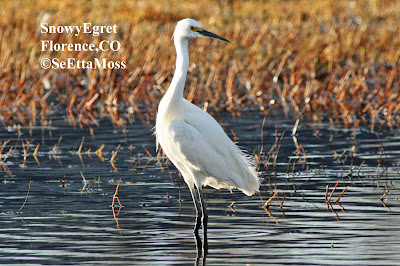Video: Impacts of urban develpment on stream ecosystems
USGS Release: Aquatic Life Declines at Early Stages of Urban Development (6/3/2010 11:00:00 AM) This video from United States Geological Services (USGS)discusses recent research on the impacts of urban development on streams ecosystems. They found that the number of fish and aquatic insects "declines in urban and suburban streams at low levels of development — levels often considered protective for stream communities." “When the area of driveways, parking lots, streets and other impervious cover reaches 10 percent of a watershed area, many types of pollution sensitive aquatic insects decline by as much as one third, compared to streams in undeveloped forested watersheds,” said Tom Cuffney, USGS biologist. “We learned that there is no ‘safezone,’ meaning that even minimal or early stages of development can negatively affect aquatic life in urban streams.” Interestingly they did not find this significant impact in their Denver study area but they explain that that area had...



